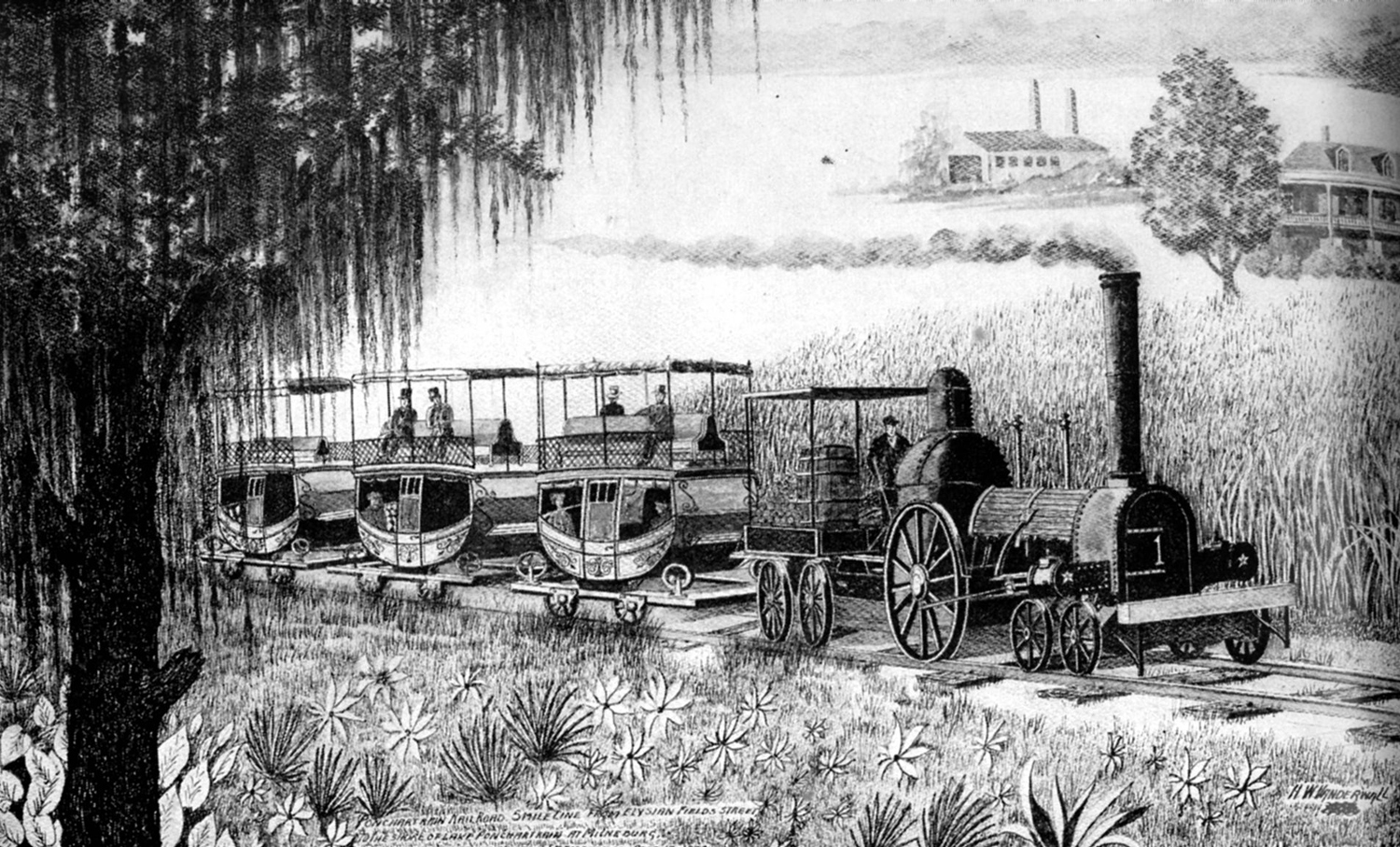west point
Engineer
*Most of my trips in and out of US were on single level trains so did not pay a lot of attention to the heights. Now we know that Superliners come very close to the ceiling which brings up questions not only of rail car heights but also the future HSR CAT that will be installed. We also know that any HSR will use 25 kV 60 hZ as a standard though out the USA and even /Canada for GO and VIA. What is needed is for Chigo area posters to observe and report on the following.
1. Are all north station tracks subject to this same clearance?
2. Is there enough present clearance so that maybe a contact rail at 6.25 or even 3.125 kV 60 hZ have enough clearance?
3. Not having observed south station tracks is there the same tall clearances as observed on the north station tracks or is it higher?
4. Are the old postal tracks subject to these clearances?
5. There have been posts about lowering the tracks. Is that possible or would the possibility of the Chicago river flooding them be a problem?
6. What is above these ceilings? Any chance they could be removed?
7. Not just the ceiling but are there any other items that would be clearance restrictions such as away from the station doors to outside the building?
1. Are all north station tracks subject to this same clearance?
2. Is there enough present clearance so that maybe a contact rail at 6.25 or even 3.125 kV 60 hZ have enough clearance?
3. Not having observed south station tracks is there the same tall clearances as observed on the north station tracks or is it higher?
4. Are the old postal tracks subject to these clearances?
5. There have been posts about lowering the tracks. Is that possible or would the possibility of the Chicago river flooding them be a problem?
6. What is above these ceilings? Any chance they could be removed?
7. Not just the ceiling but are there any other items that would be clearance restrictions such as away from the station doors to outside the building?





